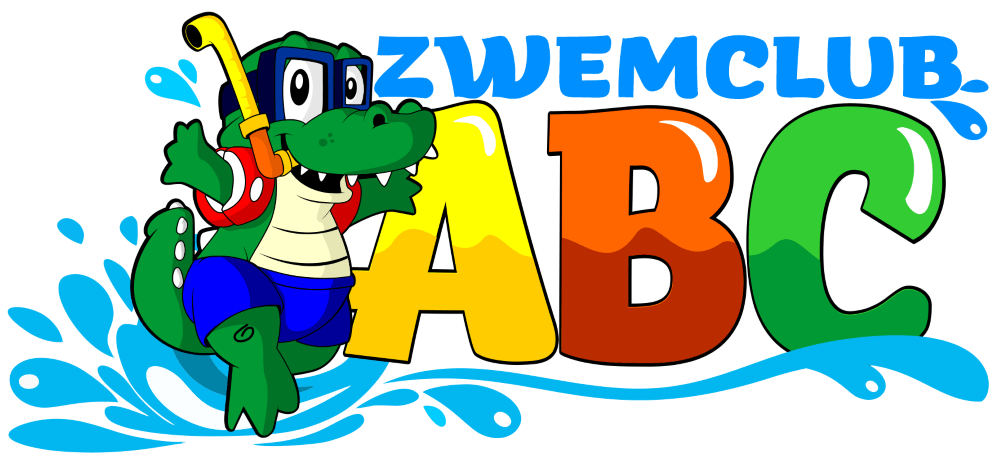Summary
Learning to swim safely is a priority in the Netherlands. The National Swimming Safety Council (NRZ) therefore sets strict requirements for the clothing children must wear when swimming for swimming certificates A, B and C. These requirements are not just regulations; they are based on increasing swimming safety so children are prepared for realistic unexpected situations in water. This blog article clearly explains all the clothing requirements and guidelines so that parents, carers and swimming schools know exactly where they stand.
Why are clothing requirements important?
Dancing in clothing is a crucial part of Dutch swimming education. Children who get their diploma must not only master the swimming strokes, but also be able to show that they can save themselves in the water when clothed. After all, it may happen that a child ends up in the water unexpectedly - for example, while playing or in an accident. Clothing makes swimming more difficult by increasing resistance and impeding movement. The requirements focus on situations that are as realistic as possible. This is why the requirements from diploma A to diploma C are becoming increasingly stringent.
Dress code for swimming certificate A
- Swimwear: a swimming costume, bikini, swimming costume or swimming trunks.
- Long-sleeved shirt, blouse or shirt: May be of any material, as long as it is not a tight sports shirt that completely encloses the body.
- Long trousers, dress or skirt to the anklesRegular trousers, dresses, skirts or training trousers. Make sure that leggings or other tight clothing really reach the ankles and are not made of stretchy sports material.
- Shoes: Must have a real sole and be secure around the foot. Surf shoes, flip-flops and sandals are not allowed.
Dress code for Swimming Certificate B
- Swimwear: Swimwear remains mandatory as a base layer.
- Long-sleeved shirt, blouse or shirt: Not from tight sports equipment.
- Long trousers, dress or skirt to the ankles
- Shoes: Real shoes with a sturdy sole, not surf shoes or flip-flops.
The main difference from diploma A is the more extensive swimming skills and the larger swimming course children have to complete during diploma swimming. In terms of clothing, the set remains the same because of the practice nature of the diploma.
Dress code for Swimming Certificate C
- Swimwear: As for A and B.
- Long-sleeved shirt, blouse or shirt
- Long trousers, dress or skirt to the ankles
- Long-sleeved jacket: This is the extra addition compared to A and B. A rain or wind jacket of sturdy material, not an elastic sports jacket.
- Shoes: Sturdy, closed shoes with a real sole.
Diploma C reflects the scenario in which a child enters water fully clothed, for example by falling from a bridge or walkway.
Guidelines for shoes
- Permitted are plastic shoes, leather shoes, gym or sports shoes, boots. Each type must have a sturdy sole.
- Surf shoes, flip-flops, sandals, crocs and slippers without a clear sole are prohibited. The shoe must fit securely around the foot and not loosen easily in the water.
- Material: Not entirely fabric or stretchy material with no real sole.
Children need to learn what it feels like to swim with the extra weight and restriction of sturdy shoes - an experience crucial for swimming safety.
Material of garments
- Shirts and jackets: For diploma C, the jacket should not be made of elastic sports material. A mackintosh, windbreaker or thin winter coat will do.
- Trousers, dress or skirt: This should come down to the ankles. No three-quarter or shorts, or skirt that ends above the ankles.
Practical tips for parents and swimming schools
- Have clothes worn beforehand a few times during practice swimming.
- Make sure clothes are clean and dry when swimming off.
- Regularly check the NRZ website or our website for changes in regulations.
Summary of swimming certificate clothing requirements
| Diploma | Swimwear | Shirt/blouse long sleeve | Long trousers/dress/skirt ankle-length | Jacket long sleeve | Shoes (with sole) |
|---|---|---|---|---|---|
| A | Yes | Yes | Yes | No | Yes |
| B | Yes | Yes | Yes | No | Yes |
| C | Yes | Yes | Yes | Yes | Yes |
Frequently asked questions
- Should clothes be dry on for the swimming exam?
Yes, all clothing should be dry before the child starts swimming. This simulates a real unexpected fall into the water. - Are children allowed to use their own old shoes?
Yes, as long as the shoes have a real sole and are not entirely rubber/plastic with no grip. - Where can I find the official requirements?
On the website of the National Swimming Safety Council (NRZ).
Closing
Following the correct clothing requirements is essential when obtaining swimming diplomas. Not only for successful diploma swimming, but especially for children's safety in everyday life. Allowing children to practice and swim graduation fully according to NRZ guidelines will make the Netherlands a little bit more swim-safe again.
For complete and up-to-date regulations, parents and swimming schools can contact the NRZ. Always ensure that clothing complies with the requirements - this is how every child learns to rescue themselves safely, whatever the circumstances.
